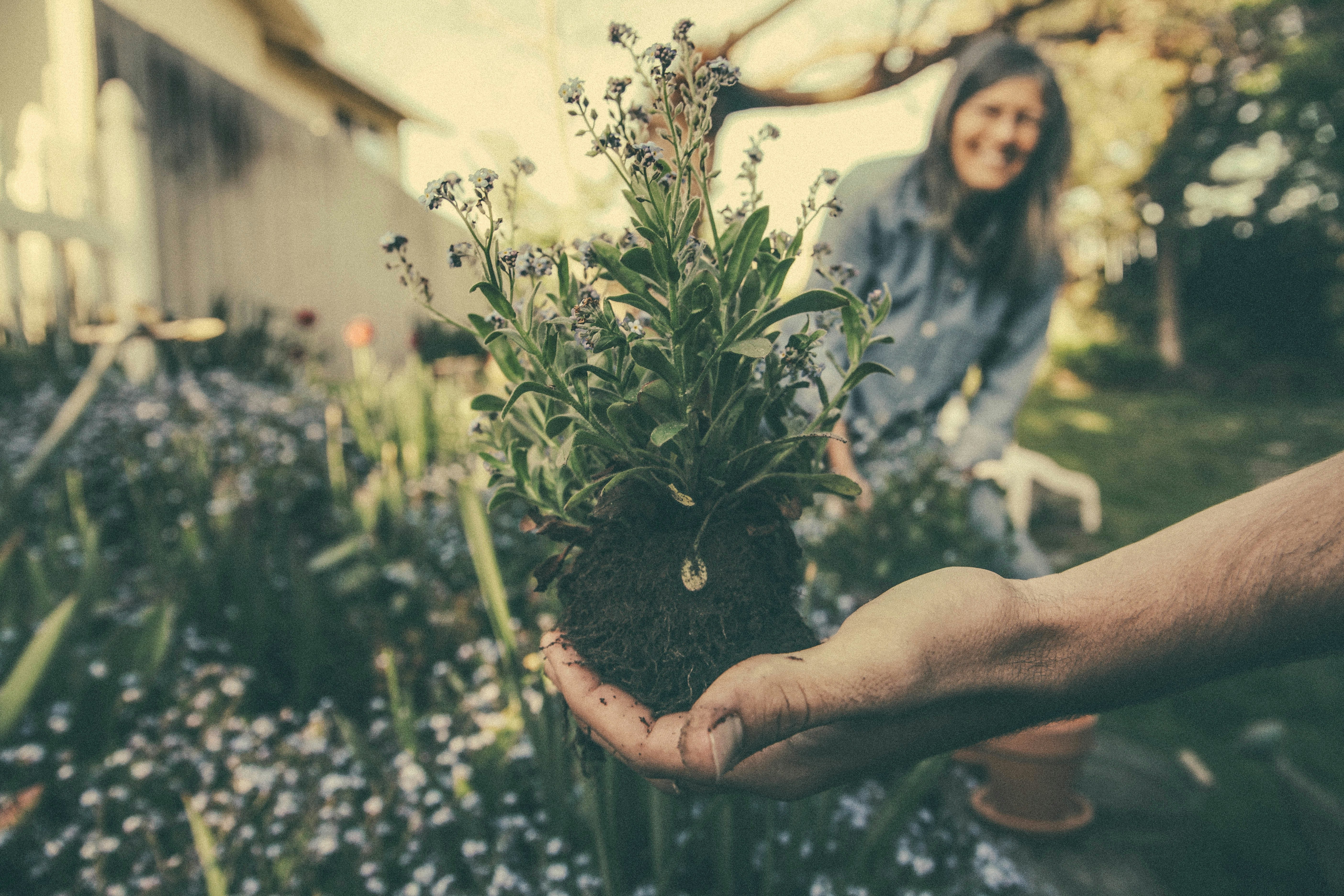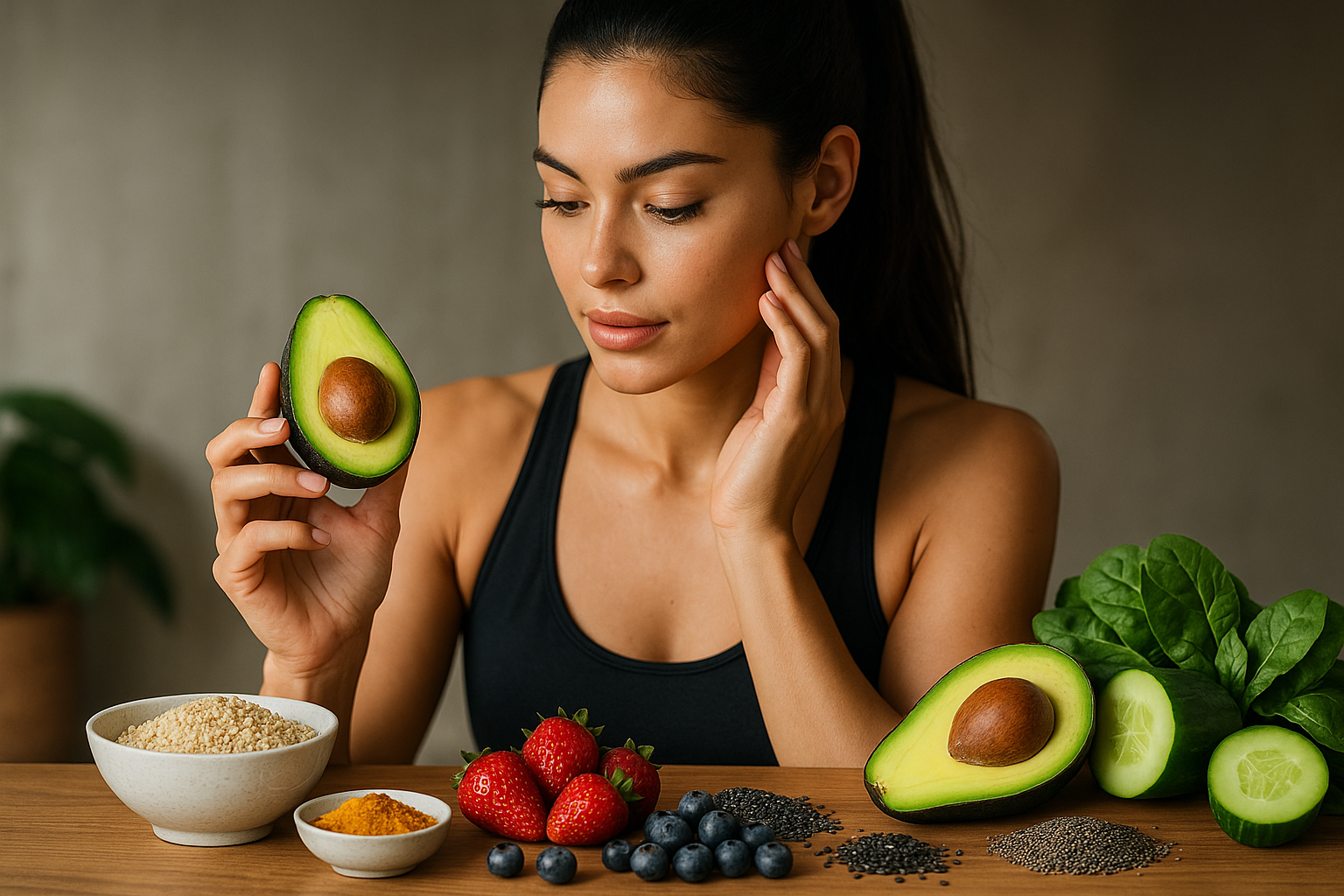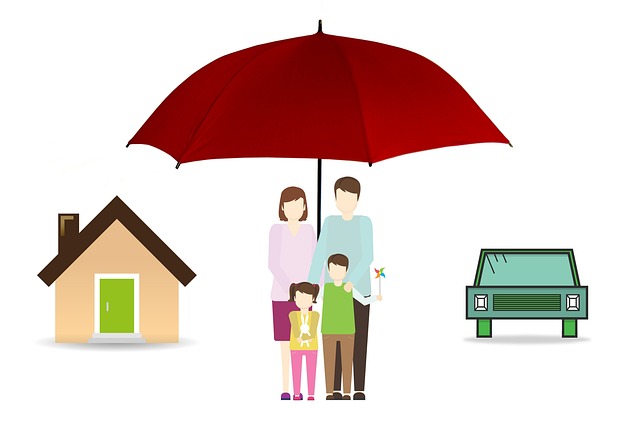The Joy of Gardening: Cultivating Your Own Green Paradise
Gardening is a rewarding and fulfilling hobby that allows you to connect with nature, beautify your surroundings, and even grow your own food. Whether you have a spacious backyard or a small balcony, creating a garden can bring countless benefits to your life. From the therapeutic effects of tending to plants to the satisfaction of watching them grow, gardening offers something for everyone.

How do I choose the right plants for my garden?
Selecting the right plants for your garden depends on several factors. First, consider your climate and the amount of sunlight your garden receives. Some plants thrive in full sun, while others prefer shade. Research your hardiness zone to determine which plants are suitable for your area. Think about your gardening goals – do you want to grow vegetables, create a colorful flower bed, or cultivate a low-maintenance landscape? Choose plants that align with your objectives and skill level. For beginners, consider starting with easy-to-grow options like marigolds, zinnias, tomatoes, or herbs. As you gain experience, you can gradually introduce more challenging plants to your garden.
What are the best practices for soil preparation?
Healthy soil is the foundation of a thriving garden. Before planting, it’s crucial to prepare your soil properly. Start by removing any weeds, rocks, or debris from the area. Test your soil’s pH level using a home testing kit or by sending a sample to a local extension office. Most plants prefer a slightly acidic to neutral pH (6.0-7.0). Based on the results, you may need to add lime to raise the pH or sulfur to lower it. Incorporate organic matter such as compost or well-rotted manure into the soil to improve its structure and nutrient content. This will help retain moisture and provide essential nutrients for your plants. Finally, loosen the soil to a depth of 8-12 inches to ensure proper root growth and drainage.
How often should I water my garden?
Proper watering is crucial for the health of your garden. The frequency and amount of water needed depend on various factors, including plant type, soil composition, climate, and weather conditions. As a general rule, most gardens require about 1 inch of water per week, either from rainfall or irrigation. However, it’s essential to observe your plants and adjust accordingly. Signs of underwatering include wilting leaves and dry soil, while overwatering can lead to yellowing leaves and root rot. Water deeply and less frequently to encourage deep root growth, which makes plants more drought-resistant. Consider using a drip irrigation system or soaker hose for efficient watering, and water early in the morning to minimize evaporation and fungal growth.
What are some effective pest control methods for gardens?
Dealing with garden pests is an inevitable part of gardening, but there are many effective and eco-friendly ways to manage them. Start by practicing good garden hygiene – remove dead leaves and debris that can harbor pests. Encourage beneficial insects like ladybugs and praying mantises, which naturally control pest populations. Companion planting can also help repel pests; for example, planting marigolds near vegetables can deter many harmful insects. For physical barriers, use row covers or netting to protect plants from larger pests. If you need to use pesticides, opt for organic options like neem oil or insecticidal soap, and always follow the instructions carefully. Remember that a healthy, diverse garden is naturally more resistant to pest infestations.
How can I maximize space in a small garden?
Even with limited space, you can create a bountiful and beautiful garden. Vertical gardening is an excellent way to maximize space – use trellises, hanging baskets, or wall-mounted planters to grow vines and trailing plants. Consider square foot gardening, a method that divides growing areas into small square sections, allowing you to plant a variety of crops in a compact space. Container gardening is another versatile option, perfect for balconies or patios. Choose dwarf or compact varieties of plants that are well-suited for small spaces. Utilize multi-tiered planters or stackable pots to create layers of greenery. Finally, incorporate dual-purpose plants that offer both beauty and functionality, such as ornamental vegetables or edible flowers, to make the most of your limited garden space.
Gardening is a journey of continuous learning and growth. As you cultivate your green space, you’ll discover the joy of nurturing life, the satisfaction of harvesting your own produce, and the peace that comes from connecting with nature. Whether you’re a novice or an experienced gardener, there’s always something new to explore in the world of gardening. So grab your tools, get your hands dirty, and watch as your garden transforms into a thriving, personal paradise.






